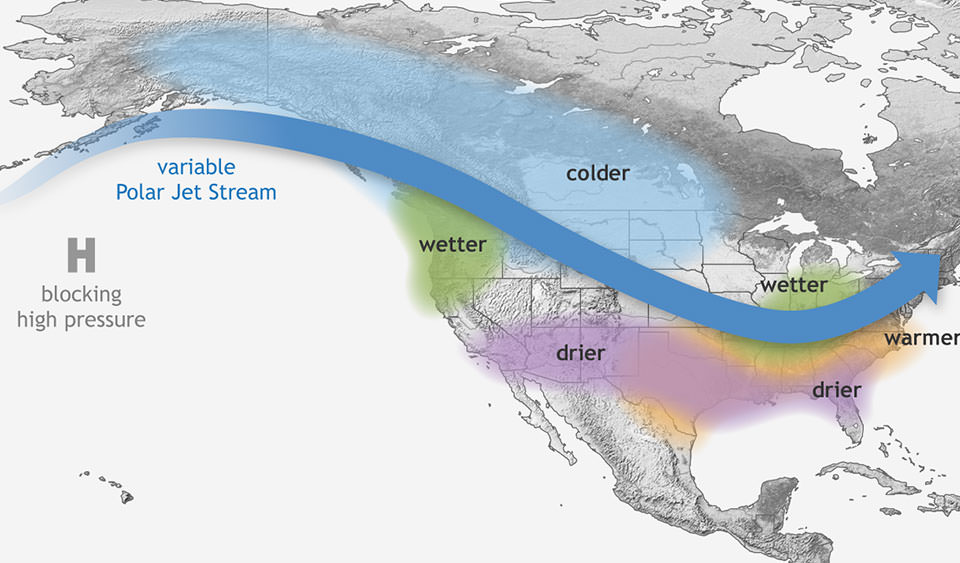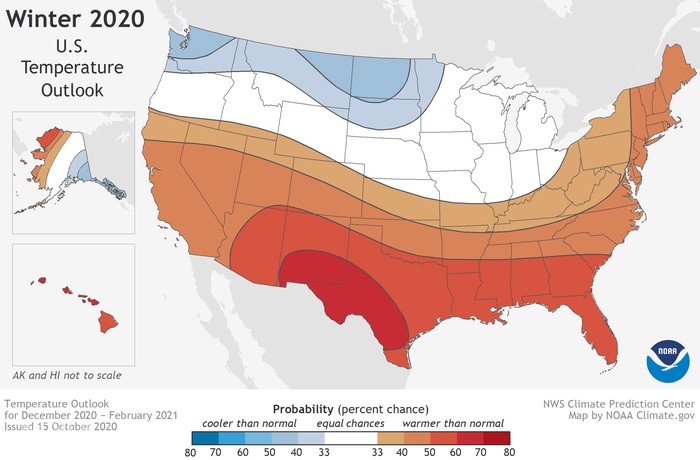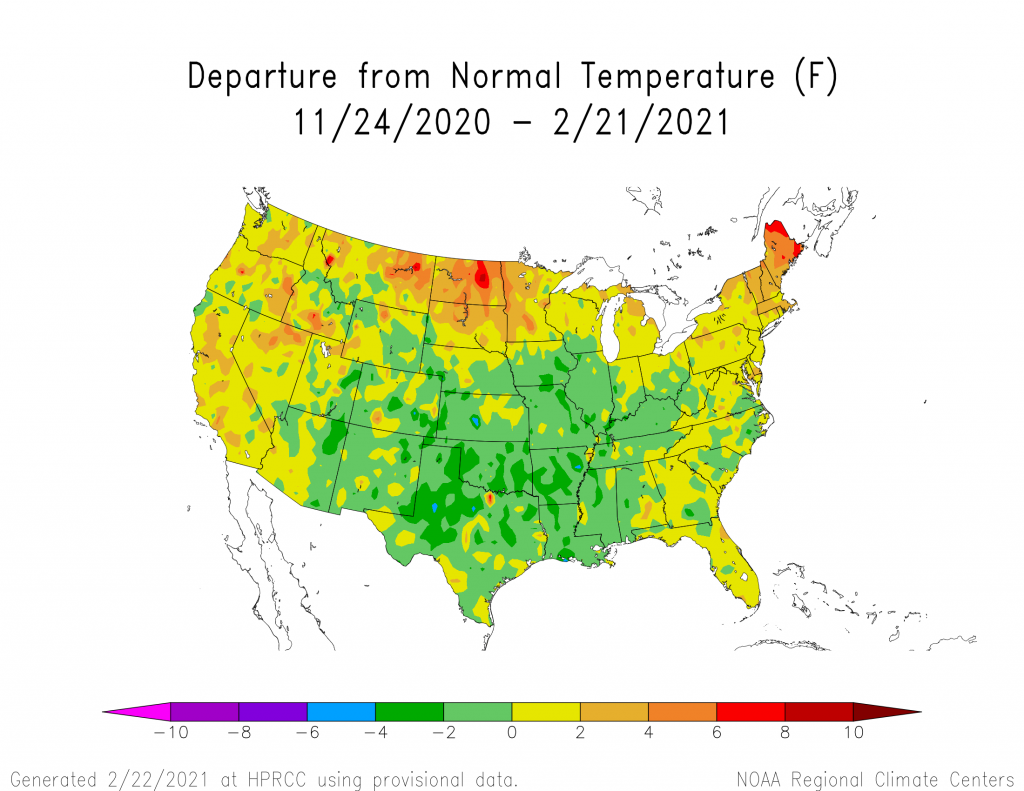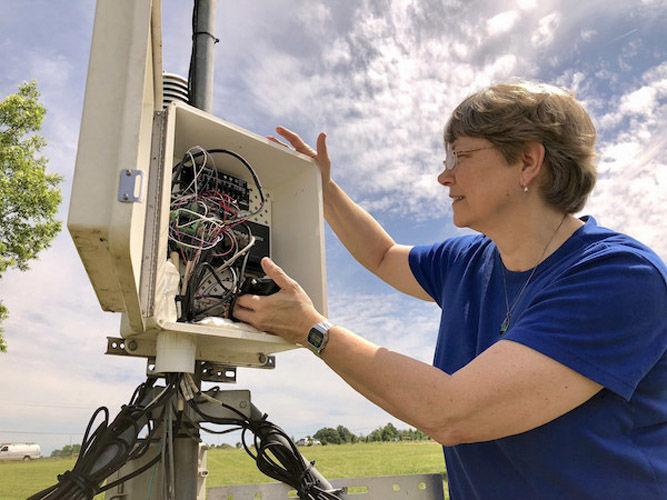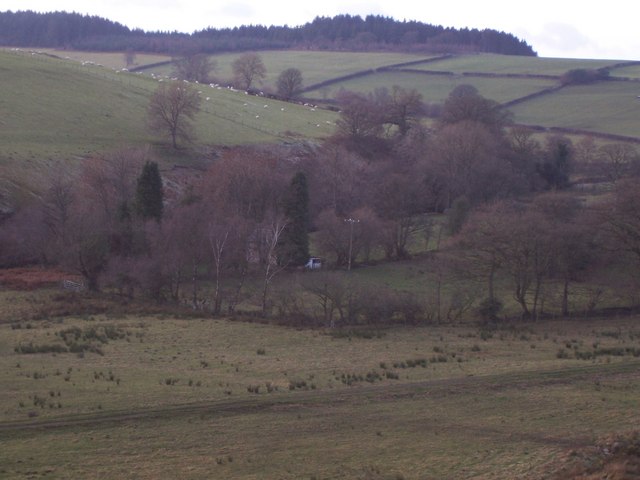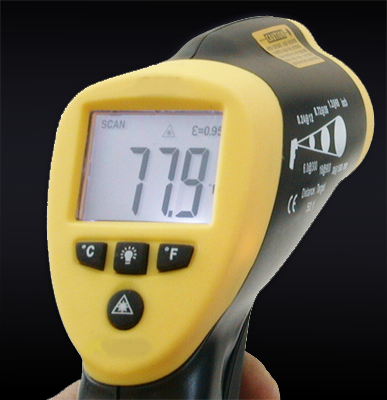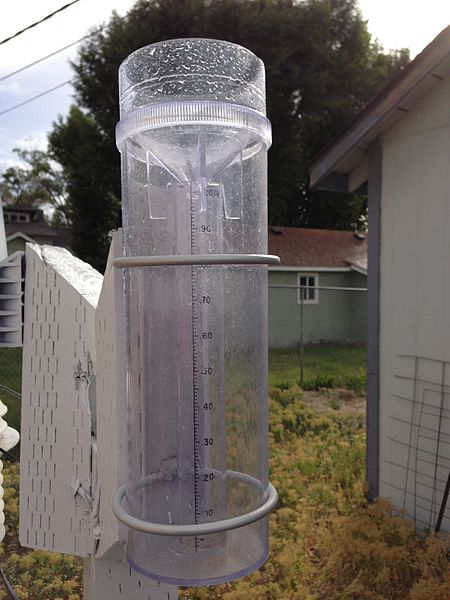Most gardeners this time of year are thinking about the last frost dates for their locations and how soon they can get out into their garden plots. Here in the Southeast, many areas have already passed their last frost or will soon, while in other parts of the country, it may be many weeks before the threat of frost is over. In this week’s column, I want to describe a way to get frost dates for your location and discuss the mystery of why the date of the last spring frost is getting later in the Southeast in spite of temperatures that are rising across the country.
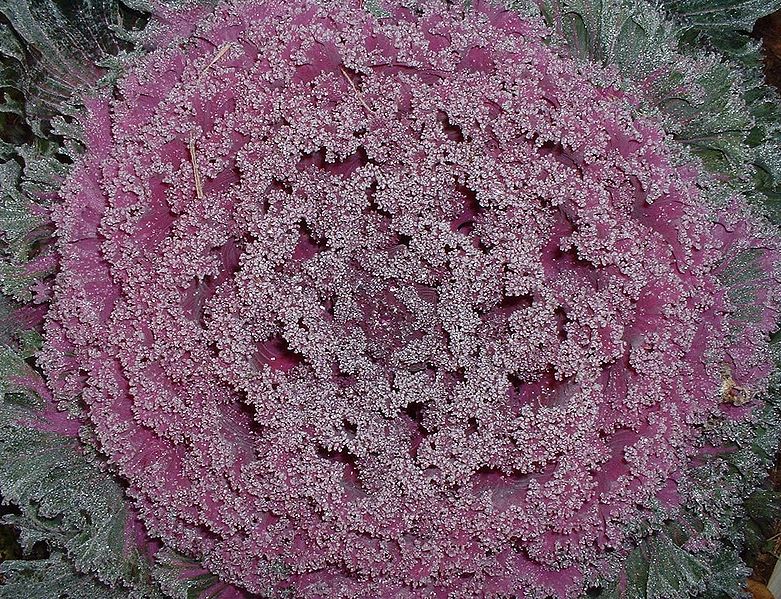
Resources for finding your frost date
There are many places that you can go to find information on the average date of the last spring frost. Many gardening guides publish them, and John Porter had an excellent discussion of last frost and planting dates a year ago, including a number of sources of information and a map for the continental United States.
You can also look at frost dates for individual locations using xmACIS, an online free database that allows you to list yearly last spring and first fall frost dates and the growing season length. This database contains observations taken by National Weather Service cooperative observers and is incorporated into the NOAA 30-year averages (normals) that John mentioned in his posting. You might find it helpful to see not only the average but also the variability from one year to the next at whatever station is closest to you. (Here is a quick reference sheet for xmACIS.) Of course, there are other places to get this data in a variety of formats, but xmACIS is quick and easy and works for the whole country, which is an advantage for all our readers.
To access data near you,
- Go to the top under Single Station and choose “First/Last Dates.”
- Under Options Selection choose:
- your preferred output, (Graph, table or CSV)
- Year range (POR is period of record, which will vary depending on which station you choose)
- Under Criteria set minimum temperature at less than or equal to 32 F (or another threshold for a special crop)
- Period beginning (for spring frost dates, usually July or August)
- Pair results (for spring frost dates, usually by Calendar year)
- Under Station Selection, you can find a station by ID if you know it, by choosing from the list or searching by zip code. Or change your CWA (National Weather Service County Warning Area) to your local region and available stations in that area will be listed. A map of the CWAs is shown below. Pick the station that is closest to you to get the best data for your location.
- Hit “Go” and you will get a list of the yearly last and first frosts of the growing season. The average date is at the bottom.

Climate change and frost dates
With increasing temperatures due to global warming, you might wonder how these frost dates are changing over time. As temperatures get warmer, you might expect that the average date of last spring frost would be getting earlier in the year over time and the average date of first fall frost would be getting later. And this is generally true in most of the US, with the exception I will discuss in a minute.
I did some work with Melissa Griffin of the South Carolina State Climate Office in the past, and we determined that a 1-degree F rise in average temperature over time corresponded roughly to a 1-week increase in the length of the growing season. That is an important statistic for farmers, who plan what to plant depending in part on how long the growing season is. If the temperature in the US goes up 4 F by the year 2100, then we can expect that the growing season would increase by generally four weeks or one month, although that will vary from place to place.
Southeast frost date mystery
In most places in the US, the date of last spring frost is getting earlier in the year, as expected. But there is one regional exception, and that is the Southeast, especially in Georgia and to a lesser extent, Alabama. You can see this in the once-again public EPA climate change page.

It is not clear why this trend towards a later spring frost date is occurring in the Southeast. One theory is that perhaps a local weather phenomenon we call “the wedge” is changing due to alterations in weather patterns across the region as the global temperature increases. “The Wedge” is a thin, dense layer of cold air which moves southeast along the eastern edge of the Appalachian Mountains, bringing cold air and cloudy conditions to that region.
A group of University of Georgia students and I looked at this “wedge theory” in 2020. We tried to identify where the wedge of cold air was most likely to be occurring in the Spring and correlate those areas with changes in frost date. So far, the results have been inconclusive. More research will be needed to figure out why this odd pattern is occurring now and whether it will continue in the future.

Air temperature on February 20, 2019, from the University of Georgia Weather Network, showing the cold “wedge” of air in northeastern Georgia.
Implications for home gardeners
Knowing your average spring frost date can be an important brake on most gardeners’ eagerness to get back out in the garden in spring. Who hasn’t wanted to start planting on the first warm and sunny day? But if you know that more frosts are likely based on the local climate, you may be willing to wait to get started until your plants are safe from cold damage. Then the real growing season can begin!

